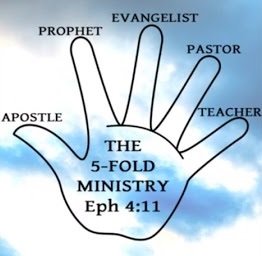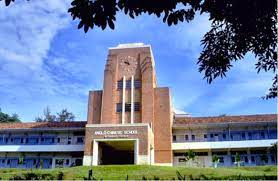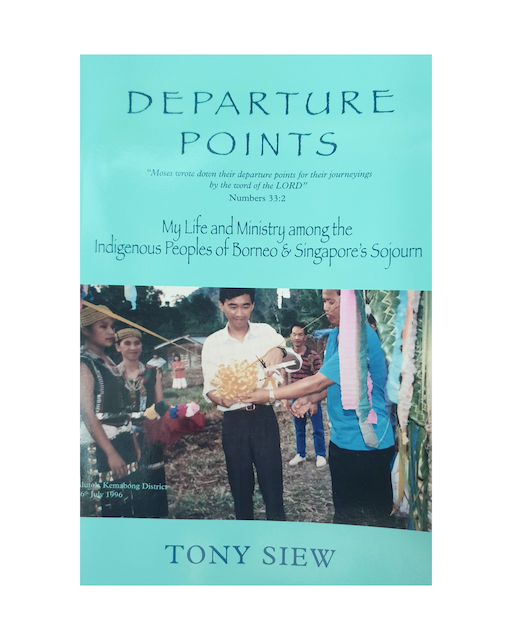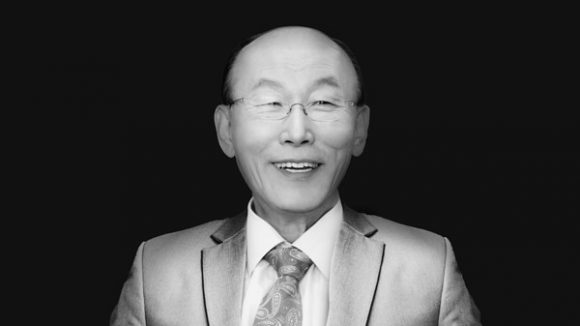The Fivefold Ministry We have heard about the gifts of the Holy Spirit and spiritual gifts but have we heard of the gifts of Christ (also called “ascension gifts”, “fivefold gifts”), and did you know that these gifts were part of Christ’s finished work? Receiving this truth would enable us to move ourselves towards Christian […]
This Is The Lord’s Doing The ACS Clock Tower revival is one part of what God was doing in the 1970’s. I would call it the 1970s Charismatic Revival as the fires that were lit among the mainline Anglican and Methodist churches, among students in schools (of which one is ACS), and at Jedburg Gardens, […]
Reading “Departure Points” was a breeze and I completed the book more quickly than most. The reading overtook some other books which I had started reading a few weeks earlier. I typically read about five to ten books at a time, dipping into any of them as my whim or mood fancies. The language is […]
“Another one?”, I said to myself. So many notable servants of God have gone home to glory these past five years. I heard news that David Yonggi Cho, the Korean founding pastor of the 800,000 members Yoido Full Gospel Church, largest megachurch in the world, and founder of Church Growth International, had died at age […]
Racism is a hot topic today all over the Western world and even in multi-racial Singapore. The backdrop of the death of George Floyd and “Black Lives Matter” in the past year, and recent local discussions about racism make this topic something all Christians should be knowledgeable about, so that we can be formed to be […]
They are a five minutes walk away from my home church, so I parked outside my church and took a quick walk to the Citiraya Centre, to the sixth floor where the Tabernacle of Holiness gathered for worship. The Tabernacle is a Pentecostal church with a track record of raising prophetic people with a passion […]





